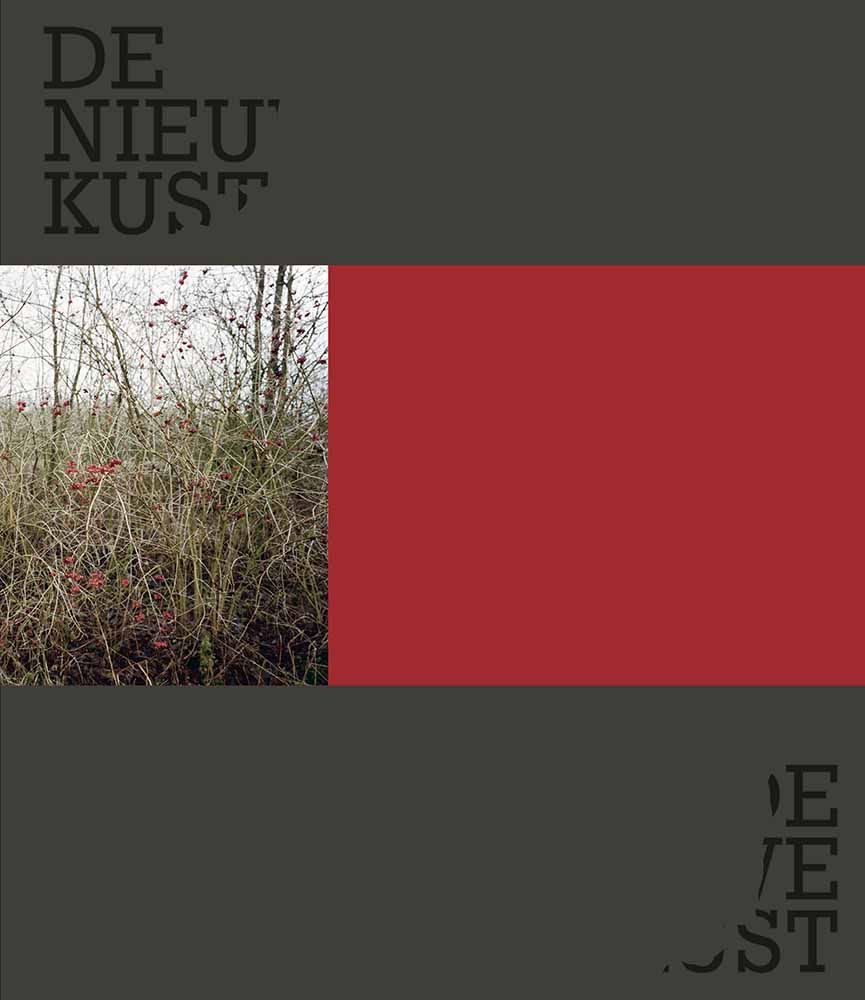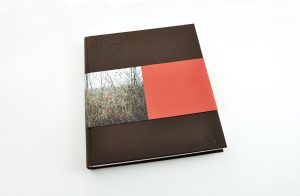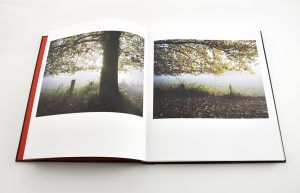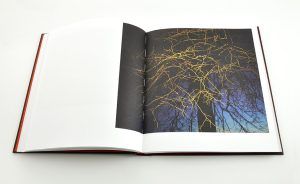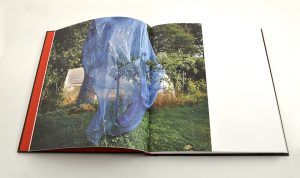genres
De Nieuwe Kust / The New Coast
€45,00
Author(s): Michael Rhebergen
Appeared on: November 10th. 2022
Language: Dutch / English
Pages: 152
Size: 225 x 260 mm
Edition: hardcover
ISBN: 9789462264496
Year: 2022
Photography: Michael Rhebergen
Publisher: Lecturis
Design: Peter Bos (Houdbaar)
In ‘De Nieuwe Kust’ (The New Coast) photographer Michael Rhebergen takes you along the imaginary new coastline of the Netherlands.
Given the reputation of our country in the field of water management, the title of this book has an almost logical, feasible and perhaps even seductive ring to it. After all, the manufacturability of our landscape is a typically Dutch product. For centuries, dikes, flood defences, pumping stations and other systems have enabled us to successfully live where we want and – almost independently of what the country has to offer – to live how we want. The coast itself evokes a feeling of longing in many: a romantic image of the limitless sea, the endless sand and the free horizon. It is not without reason that we are prepared to travel far for a stay on the coast and, if necessary, to brave long traffic jams.
But in the case of photographer Michael Rhebergen’s research, the term ‘the new coast’ turns out to be something disturbing: a new coastline is pressing on us. It seems almost inevitable in the face of climate change, defying our propensity for control. In many countries this is a process that has actually threatened residents’ lives for decades, but in the Netherlands many of us still treat this image as a distant and probably solvable future perspective. Michael was triggered by the question of what awaits us in the Netherlands and what that means for the people who live here.
Additional information
| Weight | 1500 g |
|---|---|
| ISBN | 9789462264496 |
